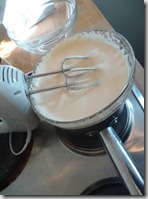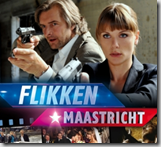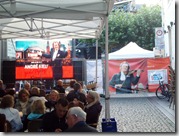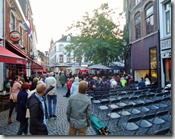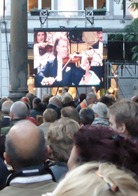Innovating in a culture of consensus
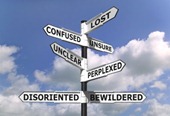 “Consensus culture and team work water down innovative ideas to a level of being just incrementally relevant.”
“Consensus culture and team work water down innovative ideas to a level of being just incrementally relevant.”
This was the core of an email I received yesterday from a creative friend working on new research. It’s a provocative charge – I shared it with colleagues over a partners meeting today and it generated a lot of discussion.
On one side are those who see consensus as inertia. In an environment that minimizes business risks, consensus among many specialist gatekeepers has to be achieved before any new product can be branded and shipped to customers. To minimize their personal risks, each avoids sins of commission in favor of sins of omission: a decision that goes bad is punished more severely than the negligence of not making a decision. Together, a consensus culture who’s objective is to minimize risk can result in a conservative culture that resists product or process innovation.
Even though individual department heads may encourage innovation, they can only do so within their own pond. Once they reach out into the organization, the same politics hold. This is true of efforts to translate new ideas from research to development, to cross-fertilize ideas among operating divisions, or to replace an established product with a next-generation version.
Consensus cultures resist change.
But others held that the process of reaching consensus is what drives innovation: a generative discussion leads to truly breakthrough ideas.
Take the famously consensual Dutch poldermodel? The process seems to work differently here: there’s an argumentative engagement that drives examination of alternatives until a ‘best’ opinion emerges. Once that is agreed, then they execute aggressively.
I’ve had the same experience in startups, where friends debate the merits of different approaches, arguing the alternatives and prototyping competitive versions (a “demo or die” process). We’re in a vigorous exchange now about whether the product should be a “one-box” or a “two box” solution, then whether to make the connections wired or wireless. The decisions demand arriving at a consensus decision, not a compromise solution: we won’t make two boxes that can be joined as one. We must do one or the other (or neither).
Consensus cultures promote innovation.
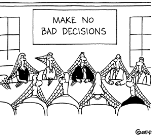 So, the difference between a consensus culture that can innovate and one that can’t lies, paradoxically, in the willingness of colleagues to engage in open and adversarial debate of alternatives.
So, the difference between a consensus culture that can innovate and one that can’t lies, paradoxically, in the willingness of colleagues to engage in open and adversarial debate of alternatives.
This still differs from a straight adversarial approach in that there is mutual respect for differing points of view, a openness to evaluate evidence in spite of bias, and a willingness to put practical gains ahead of ideological positions. Without this, there’s only the ‘winner-take-all’ result that has afflicted the decision-making process in governments. Straight power politics, like conservative consensus, is no basis for innovation.
Labels: Business Culture




